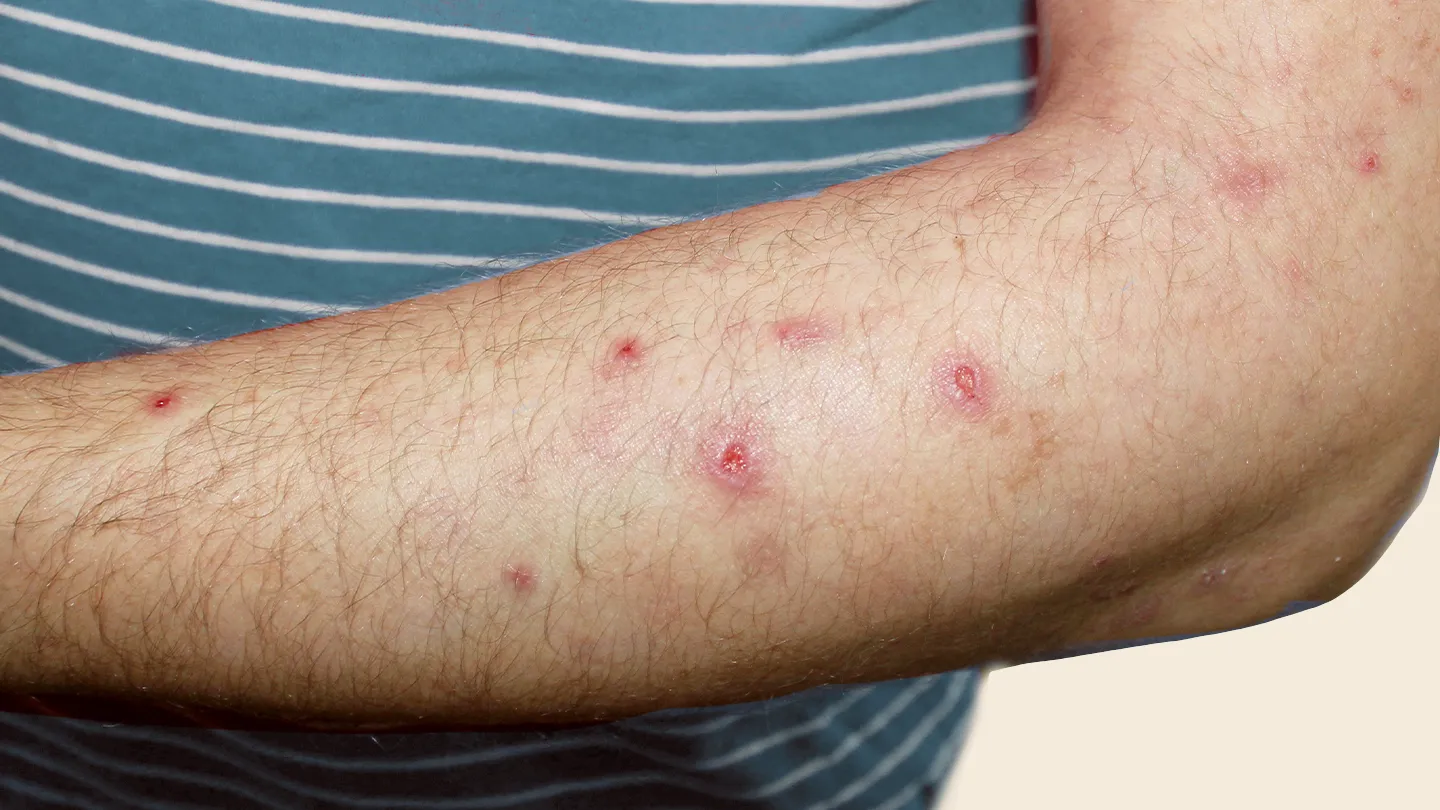Dr. Sanober Pezad Doctor is a double board-certified dermatologist and internationally recognized leader in integrative and holistic dermatology. She is an anti-aging and regenerative medicine specialist and the founder of AGEnesis and Baby SkinWise.
She earned her MD in dermatology, venereology, and leprology and a diplomate of national board (DNB) in dermatology. She is board certified in anti-aging and regenerative medicine from the American Academy of Anti-Aging Medicine (A4M). She’s also a trained clinical homeopath through the Center for Education and Development of Clinical Homeopathy (CEDH).
Sanober is the founder of AGEnesis: The Holistic Aging Blueprint, a science-backed, multidimensional protocol for healthy skin aging, and Baby SkinWise, the world’s first audiovisual skincare guide for parents. She also hosts the YouTube channel “Healthy Aging with Dr. Doctor,” where she delivers educational content on evidence-based skincare, hair health, and integrative health practices.
Sanober is a medical school gold medalist and recipient of multiple national and international awards. She is also the chief dermatology medical advisor for emerging clinical research in integrative skin and hair health, with more than 50 published scientific articles.
Sanober is a proactive, compassionate medical practitioner with a thorough understanding of overall mind-body-spiritual wellness. She’s also a key advocate for the healthy aging movement. She’s a simple mommy to the core and strongly believes “prevention is better than cure.” She’s on a mission to make you and me into the healthiest version of ourselves.
Read the full article here




